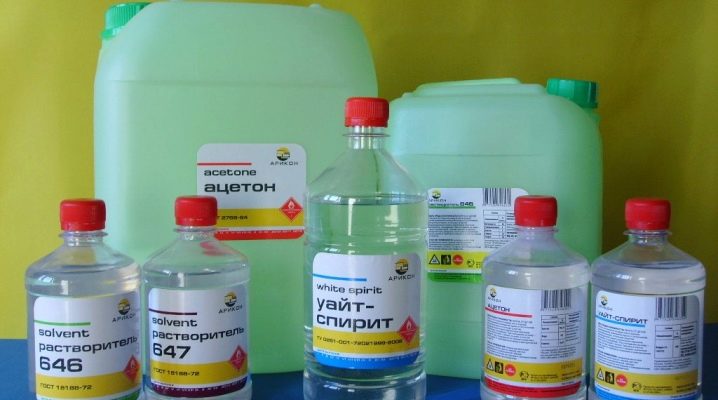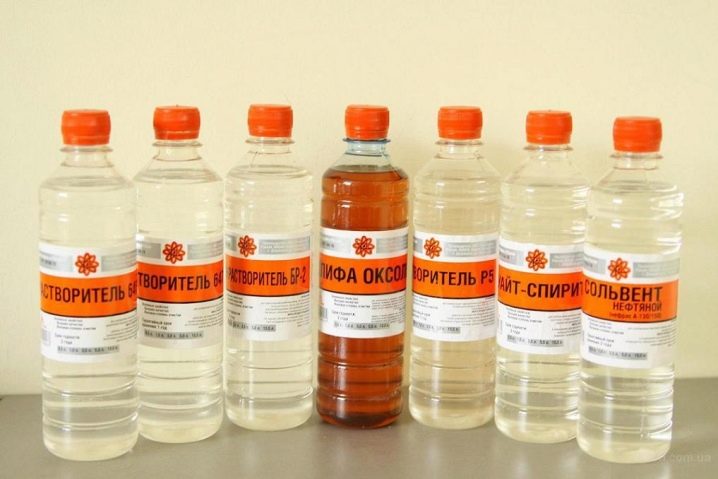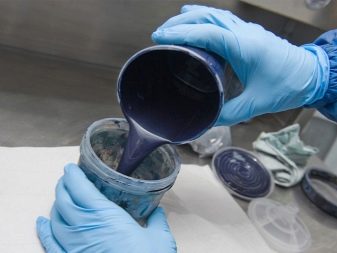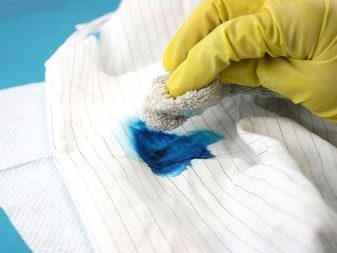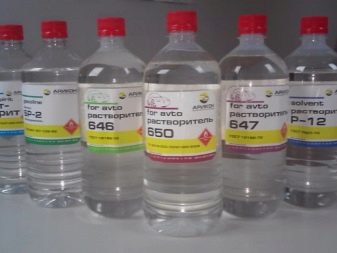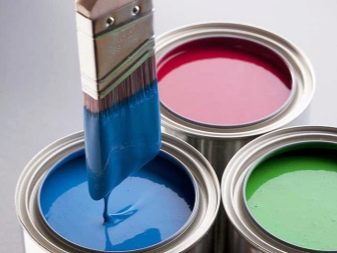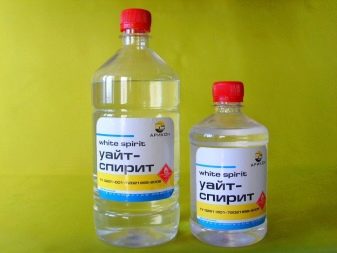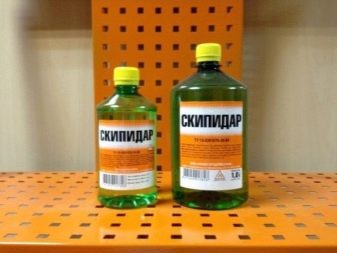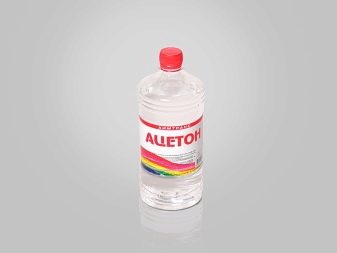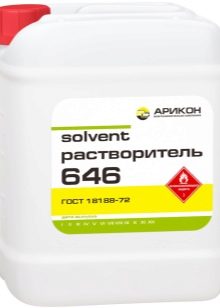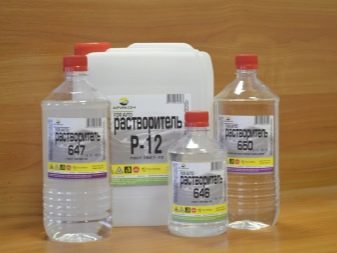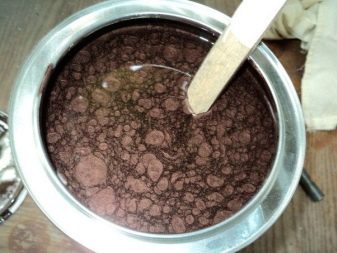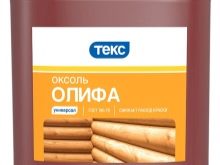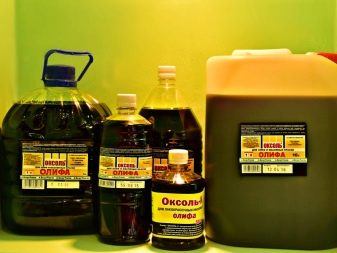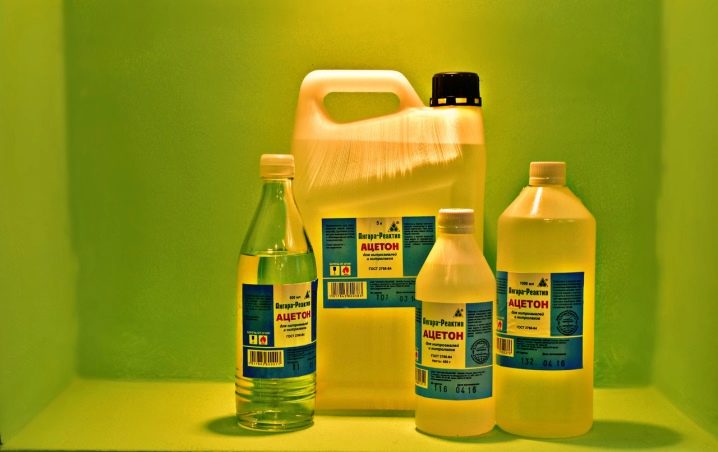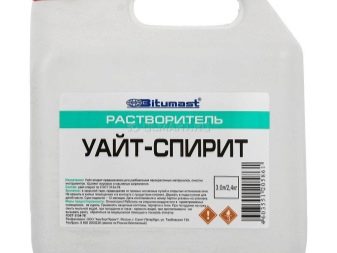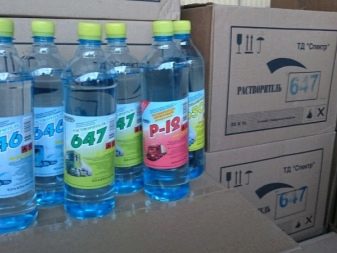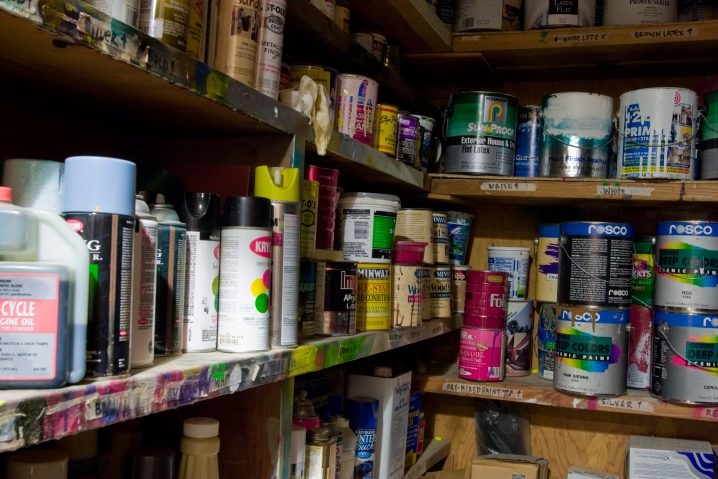Paint thinners: selection criteria
Now on the market you can find any material that will be able to please the buyer both functionally and in terms of their stylistic characteristics and cost. One example of such materials is paint - many professionals and home craftsmen turn to it during repairs. However, not all self-taught masters know how to choose a solvent for paint, because it is able to reflect the result of the repair.
Special features
The solvent is an organic liquid, which is used for the treatment of paints and varnishes, - at the expense of solvents, they acquire the desired paint consistency.
It should be noted that the scope of application of solvents is quite wide,since they are used not only to dilute paints and varnishes and give them the necessary consistency, they are also used to degrease and clean tools, surfaces and sometimes even clothes from dirt.
However, if we talk about the use of solvents in the construction industry, then there are a large number of materials that, depending on their qualities, are combined with different types of paint.
These products are used quite often during repairs, as they have a number of characteristics that distinguish solvents from other types of organic substances. First of all, this includes the possibility of using materials at negative temperatures, as well as their use is allowed in an environment with high moisture content.
Kinds
In the modern construction market you can find many varieties of solvents. Below are the most popular ones, but it is worth noting that such a parameter as solvent consumption per 1 kg of paint will not be mentioned here, since it is individual for each material and is determined by the ratio of different auxiliary materials in it.
- Petrol is one of the most common materials, as it is quite simple to use. The material is a clear volatile liquid with a characteristic strong odor. Most often it is used to dilute oil paints, varnishes, various enamels, for example, alkyd and sometimes putty. The great advantage of this substance is the fact that it can be used to remove grease from surfaces to which it is planned to apply paint or varnish. On the other hand, gasoline also has disadvantages, for example, it is very flammable because it is created from refined oil.
- White Spirit - is a universal thinner. It is used for varnishes and most paints: oil, acrylic and enamel. Moreover, it is suitable to dilute the material and bring the consistency of primer, putty and bituminous materials to normal. Like gasoline, can be used to degrease the surface.
- Turpentine is the oldest solvent and was used until the appearance of white spirit. In its chemical composition is a complex substance, which consists of hydrocarbons, in particular, from terpenes.Due to its characteristics, it is used in the production of most varnishes, also often dissolves oil, alkyd paints and enamels.
- Butanol It belongs to the category of alcohol solvents, which are more often used in industry than in private construction. It has a simple formula and is a colorless liquid with a strong persistent odor. An important distinguishing feature of this composition is that it mixes quite easily with the main coloring material and does not enter into any chemical reactions with it. This results in a homogeneous substance, which is characterized by low fire risk.
- Another type of solvent is acetone, which is known to absolutely everyone. During construction, it is used not only to dissolve resins, oils and paints, but sometimes cellulose and polystyrene. Interestingly, the consumption of this material is quite optimal, and it will be enough for several times. With the help of acetone, you can not only dilute the paint and degrease the surface, but also synthesize various organic materials.
Tips for choosing
Different types of solvents interact with different types of paints - this factor is the most important when choosing materials,otherwise, it may adversely affect the outcome of the repair.
For latex paint used for lining surfaces made of concrete, wood and plastic, solvents such as Р-4, Р 646-648. Under these abbreviations are hidden organic substances. They should be used with great care, especially if there is a need to remove stains from the parquet, otherwise it may remain burned places from the solvent.
In order to avoid this, you can use water mixed with a solvent, which is applied to the problem area on the floor.
Diluted latex paint in combination with a solvent will create a resistant coating that will have water repellency.
When using oil and alkyd paints, you should pay attention to the following thinning substances: butanol, kerosene, turpentine, white spirit and gasoline. Since the production of these types of dyes is not artificial linseed, but artificial, many masters are afraid that solvents can react with them in chemical reactions, but this can be easily avoided if proportions and safety measures are observed.
Drying oil, which is used as a base for alkyd paint, determines the use of solvents with indices: PF 115, KO or P-6. In order to achieve the desired effect and coating that is resistant to mechanical damage, it is necessary to keep the proportion - using a mixture of white spirit and turpentine - 1: 1, otherwise the solvent can destroy the previous primer.
Nitro-paints are usually used for painting metal, because the main feature of this type of paint is the strength and durability of the coating, which can often be glossy. It is also important that this material has a strong, pungent odor that does not disappear for a long time - it can last up to two days.
The best solvents for this type of paint are compositions numbered 645-650 - it is they who will effectively act not only as solvents, but also as a degreasing agent.
For epoxy paints, you should choose such compounds as R-14, R-40 and R-83. They can even remove dried spots on the surface, because epoxy materials dry very quickly and are highly resistant to mechanical damage and abrasion.However, on the other hand, this may be a clear advantage over similar paints.
Polyurethane materials are widely used not only in construction, but also in many other areas, as this paint perfectly interacts with any type of surface and fits well with it. In addition, it is durable and does not emit any toxic substances during the work. This is its main advantage, since it will interact well with solvents, without creating chemical reactions. To dilute this type of paint you need to refer to the solvents numbered R-189, R-1176, RL-176 and RL-277.
Even ordinary water can be used to dilute water-based paint, because it is able to thin the paint well.
But the water is not able to wash away the already dried spot, so you need to know what solvents to use for this type of material. Acetone is best suited for this purpose, because it is quite gentle and will be able to gently remove paint residues without spoiling the surface of the coating.
It should be noted, and powder paints, which have become very common in the building materials market lately.This happened because it has a large color palette, low cost and is an environmentally friendly material that does not create harmful conditions for working craftsmen.
Special solvents are used as solvents, which can be found in the building materials store under the numbers R-7 and R-11. However, they contain aggressive chemicals, so you need to be very careful with these solvents. In addition to them, turpentine, gasoline and white spirit can also be used.
Hammer paint can be diluted with formulations R-645, R-647 and R-650, as well as universal white spirit. It is difficult to cope with dried spots, as the hammer enamel is rather resistant and quickly adheres to the surface. However, if you use the above materials, you can avoid the negative effects after the repair.
Security measures
Most of the materials contain aggressive chemicals that can damage human health, and some substances are even explosive. Based on this, it is not permissible to neglect the safety rules.
First of all, it is necessary to ensure proper storage conditions for materials: they must be stored in well-ventilated or ventilated rooms, otherwise the toxic smell of solvents may affect the well-being of people. Steam poisoning may occur, the symptoms of which are dizziness, rapid heartbeat, lacrimation, and general weakness.
Moreover, it is impossible to keep flammable substances near open fire, heaters and other heated objects.
This is especially true for those who constantly work with solvents and coloring substances - it is better to use the most benign materials that can not lead to lesions and diseases of internal organs.
In addition, you should not forget about personal protection, that is, you need to work in respirators, glasses and thick gloves, otherwise chemical burns can appear on the body.
In the event that a chemical suddenly gets on the mucous membranes, it is necessary to rinse them as soon as possible under running water, and then seek the help of doctors.
If a person wishes to remove the stain from clothes with a solvent, you must first use the substance on a separate shred to check the interaction of the fabric and the solvent.Some of them can not only remove pollution, but also burn clothes.
By following these rules, solvents can be used efficiently and safely.
For more information about solvents and their applications, see below.
